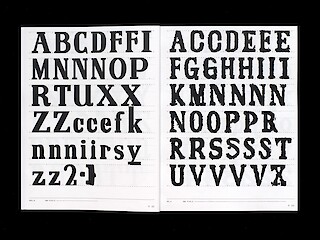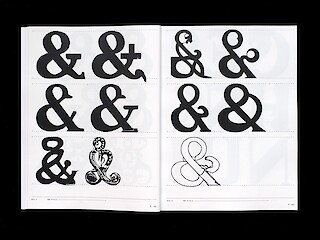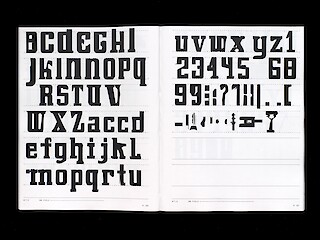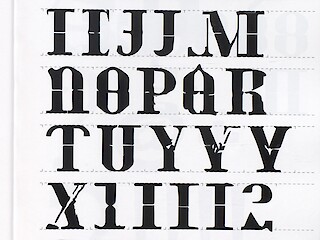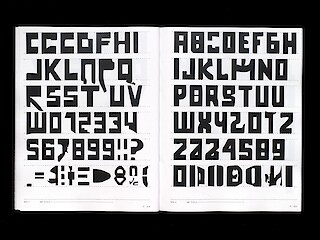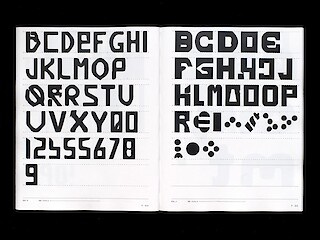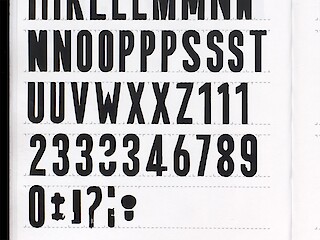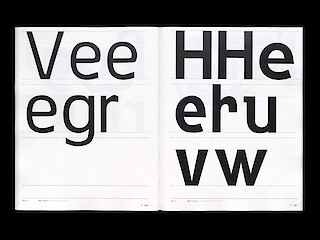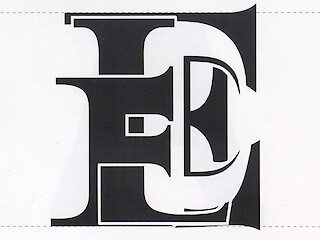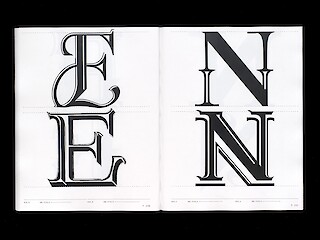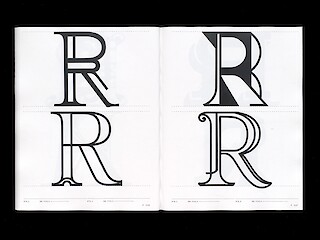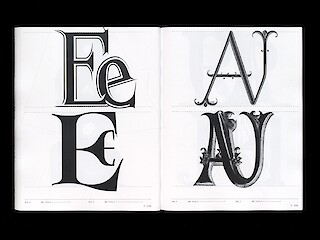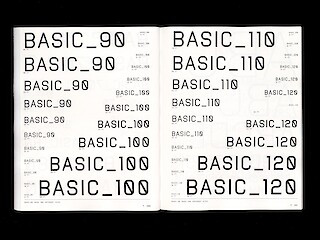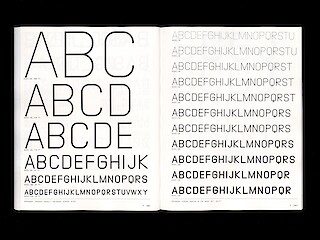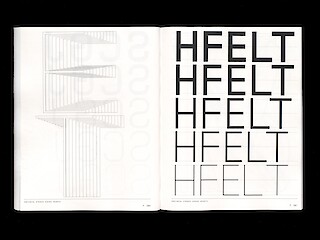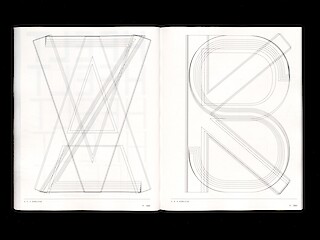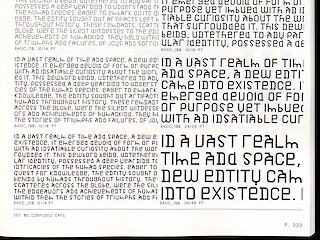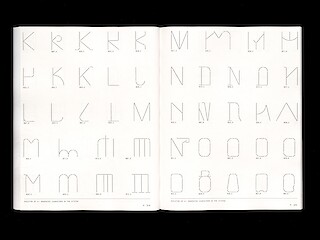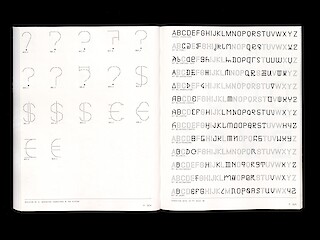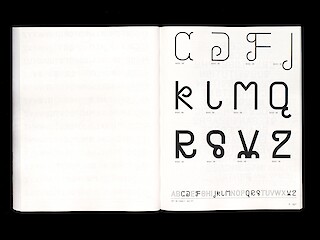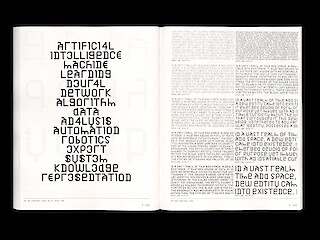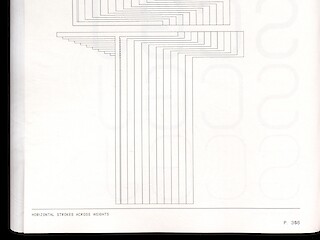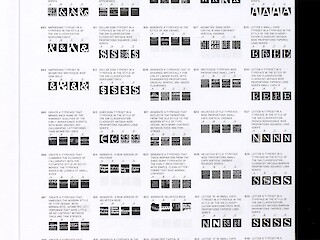[DE]
So wie einzelne Buchstaben die kleinsten Elemente der Kommunikation sind, so ist auch ihre Form, da der kleinste Träger einer Bedeutung, die über den unmittelbaren Sinn des Wortes, das sie bilden, hinausgeht.
In ihrer konstituierenden Struktur erlaubt uns die künstliche Intelligenz, ihre historischen und formalen Entwicklungsformen zu destillieren, ihre Evolutionsmuster und -tendenzen zu erkennen, indem sie uns einen Blick auf mögliche und zukünftige Konsequenzen gewährt.
Dennoch befinden sich diese Technologien in ihrem Anfangsstadium, und daher liegt es am Menschen, die Ergebnisse zu kuratieren, um Geräusche in den «Absichts»-Mustern der Maschine zu erkennen, den «Schmutz» zu entfernen und die wahre Form des Artefakts zu enthüllen. Das Projekt «Archäologie der konsequenten Formen» versucht, diese Beziehung zu verstehen und herauszufinden, wie KI-Modelle Teil der Schriftgestaltungsdisziplin werden könnten.
[EN]
As single letters are the smallest elements of communication, so is their shape, as the smallest carrier of a meaning beyond the direct significance of the word they compose.
In its constituting structure, artificial Intelligence allows us to distillate their historical and formal development forms, recognise their evolution patterns and tendencies by giving us a look into potential future consequences.
Still, these technologies are in their infant state and thus, it is up to the humans to curate the results, in order to discern noises in the “intention” patterns of the machine, dig away at the “dirt,” and reveal the true shape of the artefact. The project “Archeology of Consequent Forms” tries to understand this relationship and how AI models could become part of the type design discipline.
Orlando Brunner
BA-Diplom 2023
Giliane Cachin, Marietta Eugster, David Keshavjee
